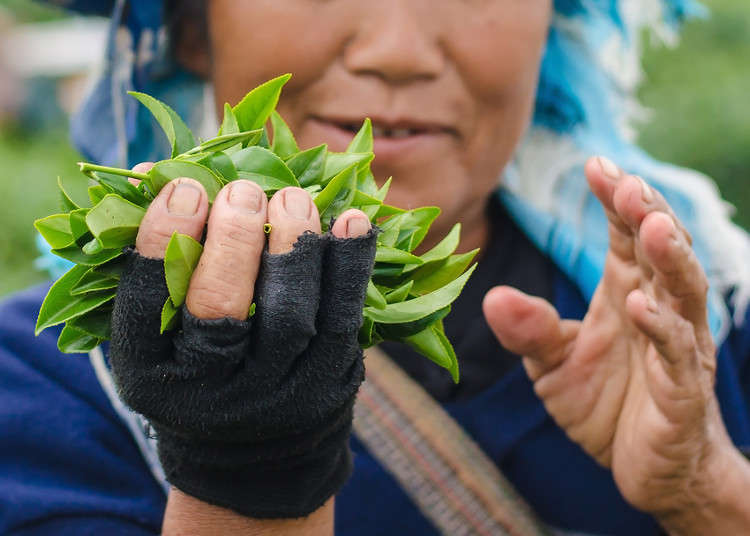
As discussed before, not any powdered tea can be called “matcha” – please see Matcha – Definition and Types for an in-depth explanation. As such, the way green tea is planted, harvested, and processed is fundamental to what makes a product an authentic matcha tea.
Plantation
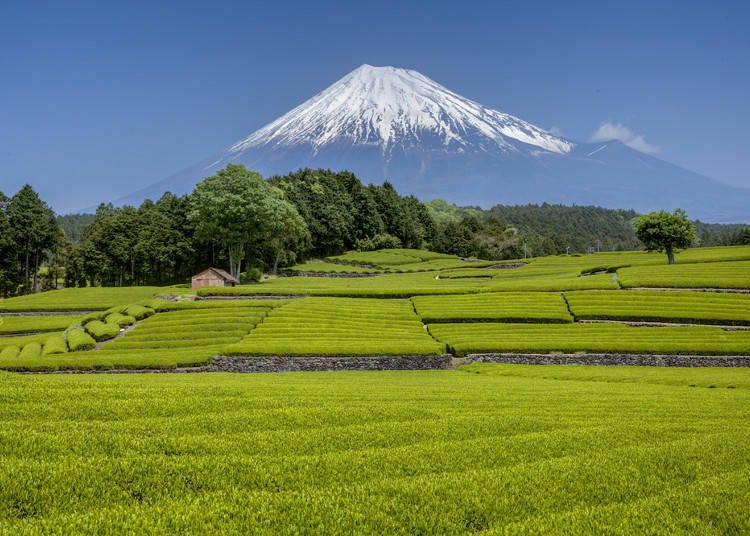
Matcha comes from the same plant that is used to make most of the green, oolong, and black teas: camellia sinensis. However, its growth, harvest, and production style are different from other teas. Depending on the variety used, the quality might greatly differ as well. The highest grade matcha is said to be from the samidori, okumidori, and yabukita, three Japanese tea cultivars.
In the beginning of April, growing tea buds are completely shaded for at least 20 days. This is a crucial part of the production process: slowly and gradually decreasing the amount of sunlight reduce the rate of photosynthesis, inhibiting the flavor component, the theanine, from changing to tannin. In the end, this is what gives a great matcha its unique flavor, with no traces of bitterness and a brilliant green color.
Harvesting the Tea Leaves
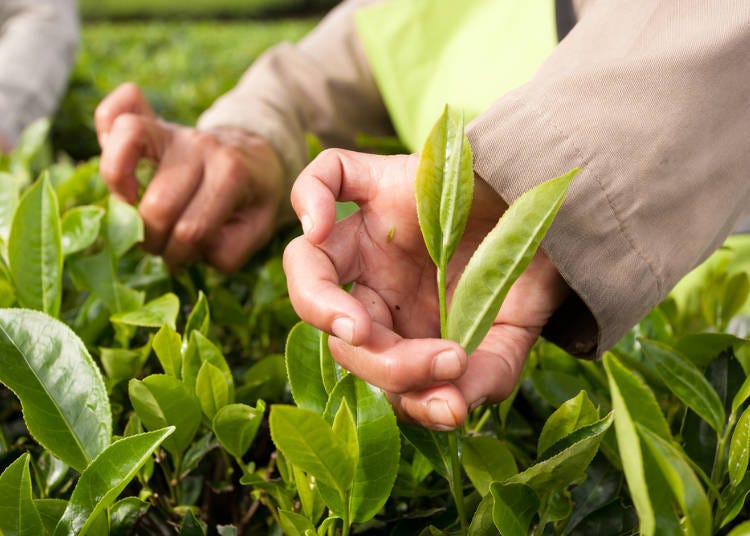
On the 88th evening since the first day of the spring, the year's first tea pickings usually begin as summer draws close. This typically occurs in early May. Only the smallest and youngest parts of the plant are picked, and the young leaves harvested on that day are usually known as the absolute finest in quality and flavor.
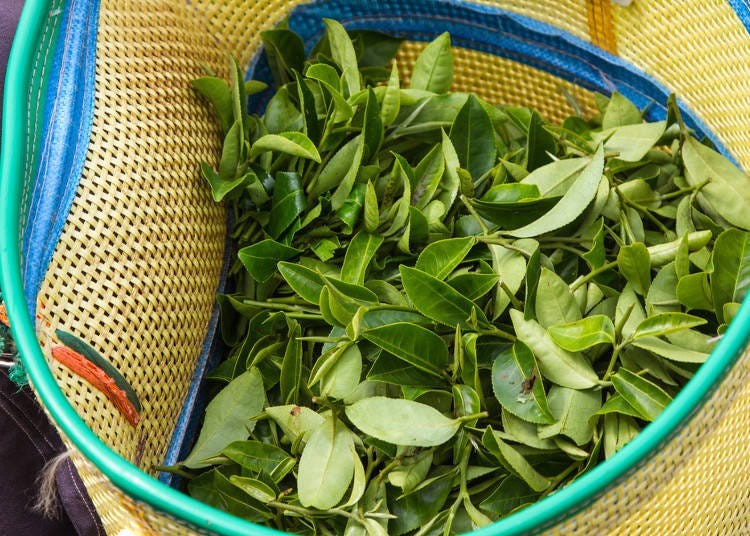
The Steaming Process
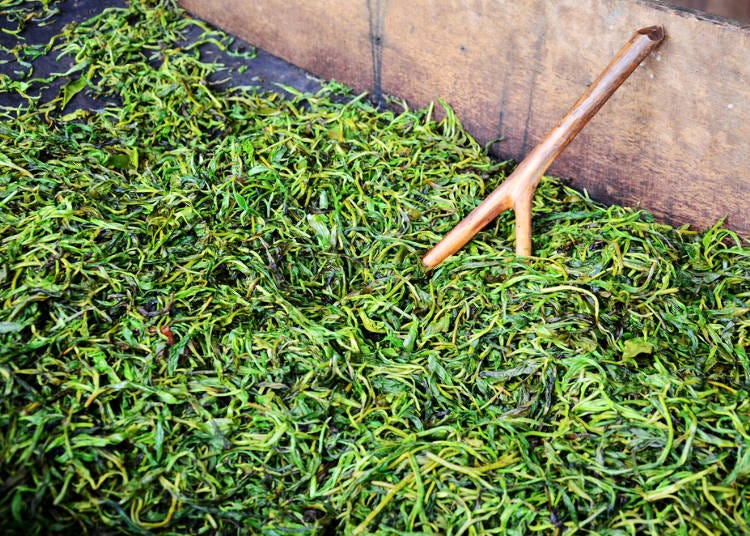
To stop further oxidization and retain the vivid green color, freshly harvested tea leaves must be steamed at very high temperature. This is one of the key differences between Japanese and other types of teas.
Cooling / Drying
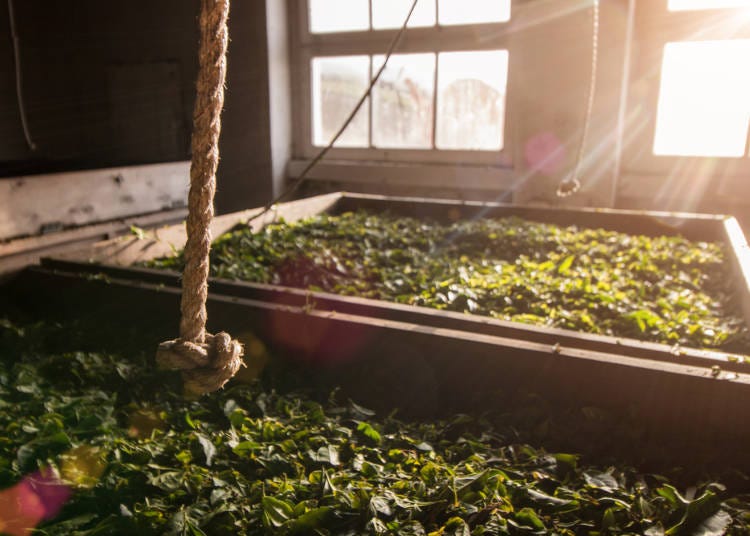
After the steaming process, the tea leaves pass through a multi-chambered air machine where they are blown around and cooled. Next, they pass through large cages equipped with heated blowers. At this stage, the leaves are called aracha (荒茶), or Crude Tea.
Sorting, Destemming, and Deveining
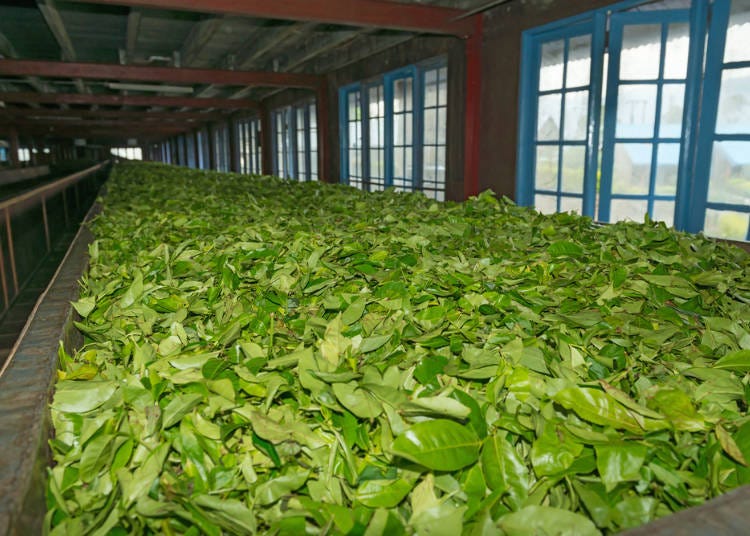
Once dry, the leaves are sorted for grade. This is followed by the task of removing the stems and veins from the aracha, something that is usually done in a special drum-like machine. The part that remains is called tencha (碾茶), the raw material for matcha powder, and has usually a dark green color.
Grinding
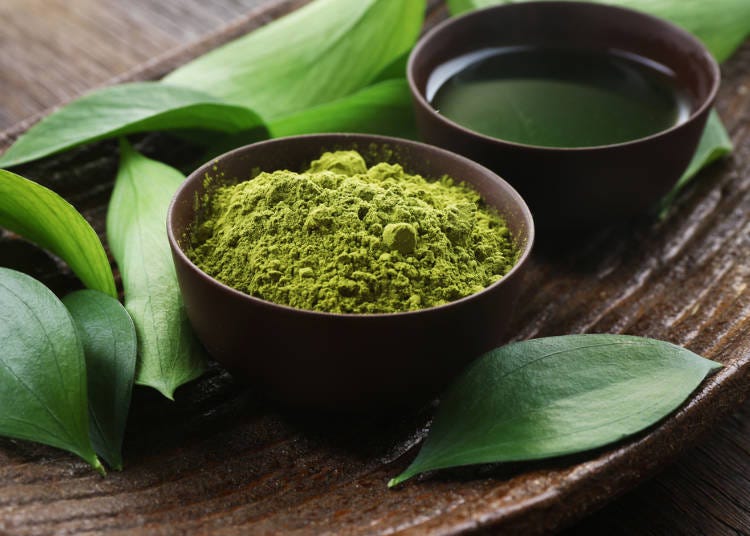
The final step is the grinding of the tencha leaves into a fine powder. In the old days, this was done manually on a stone mill but now, large granite wheels that rotate very slowly are used. The powder particles that are grinded by this process are only about 4 microns small. The process takes a very long time as well, usually one hour to grind between 30 to 70g of matcha. The resulting powder must be refrigerated at low temperatures quickly, otherwise, it will begin to oxidize and lose its flavor.
- Area
- Category
*Prices and options mentioned are subject to change.
*Unless stated otherwise, all prices include tax.
Popular Tours & Activitiess
Recommended places for you
-
Appealing

Rukku and Uohei
Izakaya
Sapporo / Chitose
-

Farm Tomita
Other Nature
Furano / Biei / Sounkyo
-
Appealing

Shirogane Blue Pond (Aoiike)
Rivers, Lakes & Canyons
Furano / Biei / Sounkyo
-

Sapporo Clock Tower
Landmarks
Sapporo / Chitose
-
Appealing

Otaru Canal
Rivers, Lakes & Canyons
Otaru
-
Appealing

Asahiyama Zoo
Zoos, Aquariums & Botanical Gardens
Asahikawa
-
Ad

Preserving the Beauty of World Heritage Site Shirakawa-go for the Future Through Responsible Travel
-

Keisei × Keikyu 16-Temple Goshuin Tour: Discover Deeper Tokyo & Yokohama
by: Guest Contributor
-

New Seibu L00 Series Launching in 2026! What to See Along the Tokyo-Area Golden Route
by: Guest Contributor
-

How to Get Don Quijote's Exclusive 2025-2026 Winter Gift (+Tax-Free Savings)
-

[Extended Offer!](12% OFF KKday Coupon) Mt. Fuji Autumn Leaves, Powder Snow & More! 15 Best Tours to Experience Japan in Fall & Winter
-

Strawberries, Style, and Tokyo’s Coolest Neighborhood: Winter Afternoon Tea in Kichijoji
by: Guest Contributor
-

8 Unfamiliar (But Totally Normal) Customs in Japan!
-

Complete Guide to Buying Japanese Medicine in Japan: Phrases and Vocabulary You Need to Know
-

10 Popular Japanese Vegetables And The Unique Ways They're Used!
-

These 18 Things to Do in Hakodate Will Make You Fall in Love With the Northern Wonderland
by: Guest Contributor
-

Top 6 Best Restaurants in Kutchan Hokkaido - Where to Eat According to Locals
-

Matcha: the Preparation of Japan’s Green Tea Powder
- #best sushi hokkaido
- #things to do hokkaido
- #best ramen sapporo
- #what to bring to japan
- #new years in tokyo
- #what to buy in ameyoko
- #japanese nail trends
- #what to do in odaiba
- #onsen tattoo friendly tokyo
- #daiso
- #best sweets otaru
- #japanese fashion culture
- #best nature furano
- #japanese convenience store snacks
- #best japanese soft drinks
















